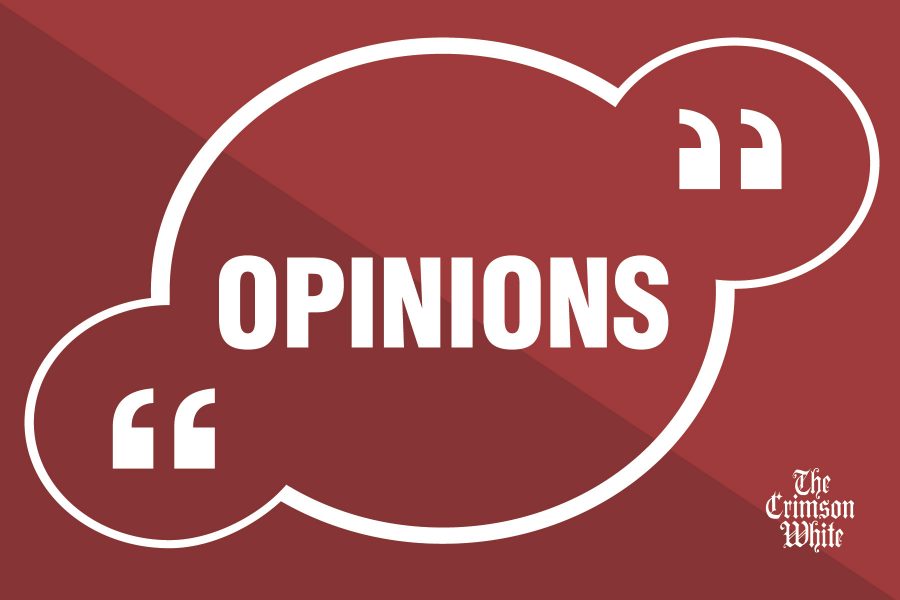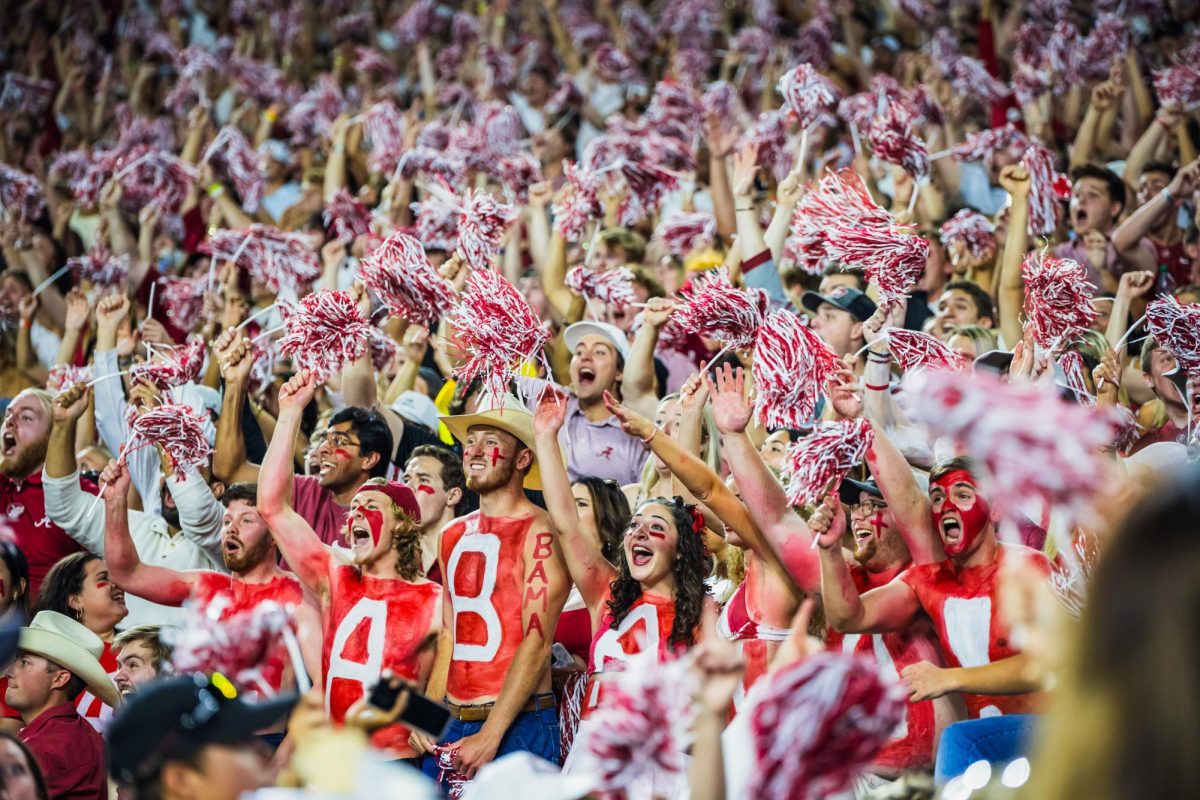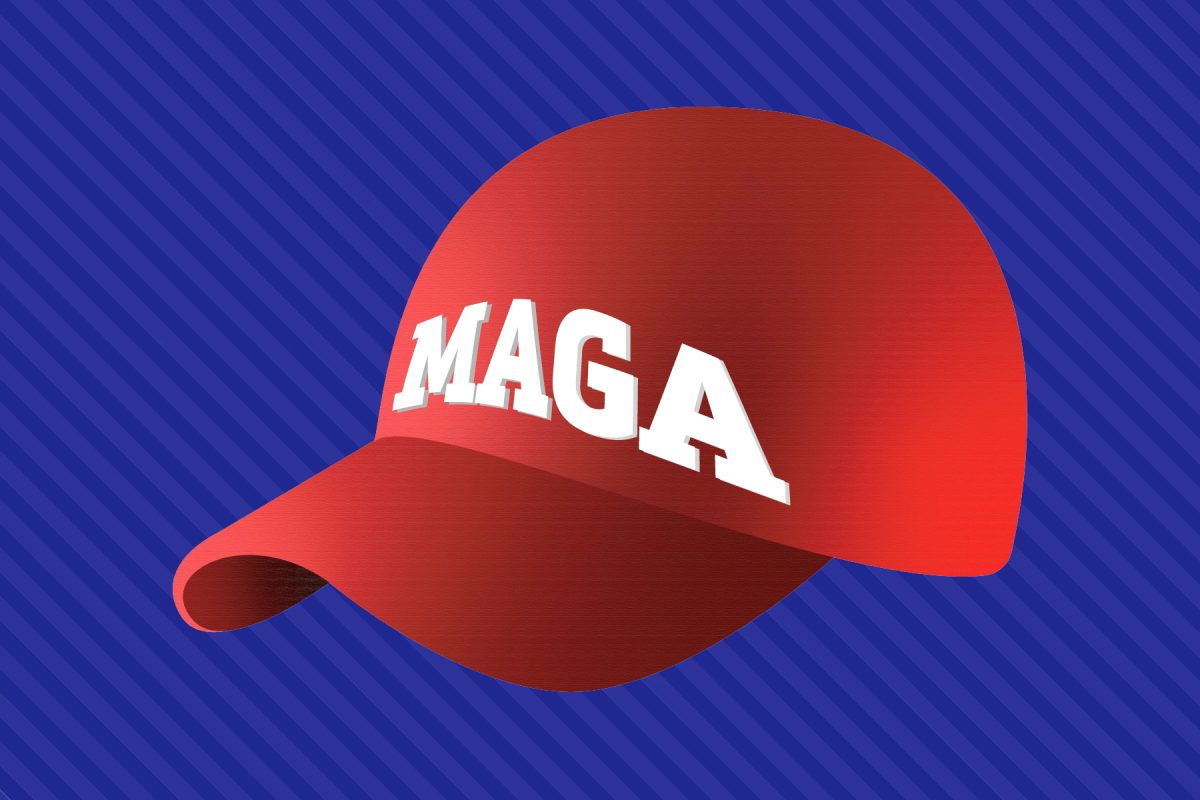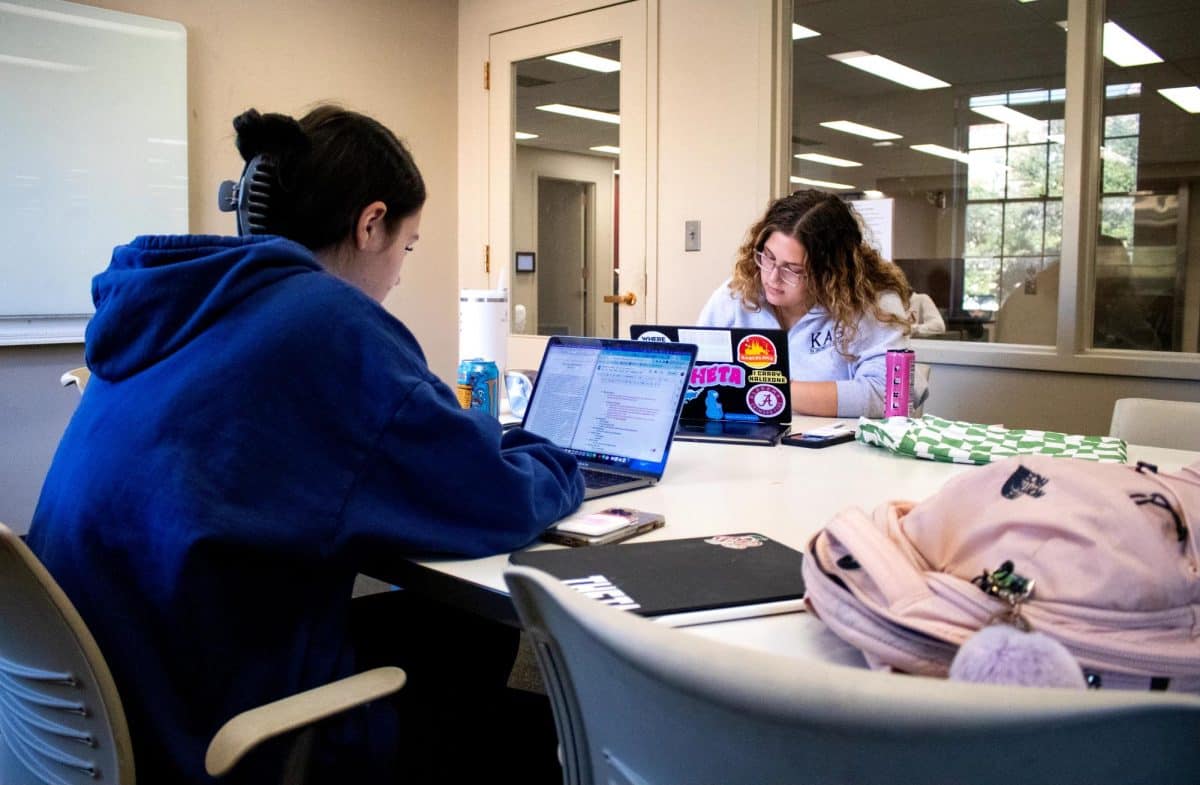In 2014, the National Collegiate Athletic Association (NCAA) generated $989 million according to Northern Illinois University Law Review; however, this nearly billion-dollar industry has strict regulations that prevent a salary or profits to go to any of the athletes that make it up. The overwhelming majority of the NCAA’s profit, $700 million in 2014, is earned from an agreement with CBS and Turner broadcasting to the media rights of March Madness, a 68 team tournament in which the Division I basketball champion is crowned. The 2014 men’s basketball champions, UCONN Huskies, were led by star player Shabazz Napier.
“There are hungry nights that I go to bed and I’m starving,” Napier said in an interview with Fox Sports.
One of the NCAA’s top athletes, who generated so much money for the NCAA with his play during the March Madness tournament, somehow cannot even afford to feed himself at times because of the NCAA’s policy on amateurism. While there are many legal and moral objections that prevent the NCAA from paying athletes a salary, there are solutions available to the NCAA. Rather than having the NCAA pay its student athletes directly, the NCAA could potentially allow the players to accept endorsements and other forms of compensation from outside groups so they are able to profit off their name, image and likeness.
Paying student athletes as employees with annual salaries is very impractical as there are many legal and moral complications involved with that. Even with all the money the NCAA generates, in 2014, according to the Northern Illinois University Law Review only 123 out of 346 total men’s basketball teams and only 24 out of 128 FBS college football teams were profitable. In fact, only one women’s sports program generated a profit in 2013.
The fact of the matter is that the clear majority of these NCAA Division I sports programs do not make money. Given the unequal proportion between those teams which earn and those which don’t, it would be unfair for the NCAA to foot the bill for every student’s salary. Additionally, if the NCAA were to pay its athletes, they would then be viewed as employees in the eyes of the law, and with that title comes many tax ramifications and complications in who receives compensation that many colleges simply cannot afford. Outside of men’s basketball and football, there are very few other sports programs that have the capability of generating profit, and the NCAA cannot just pay the student athletes in those sports that generate a profit and not pay the many other athletes that also dedicate as much time to their sport. The idea of paying student athletes as employees is impractical, but that does not mean they should be restricted from receiving money from outside groups such as endorsement deals or jersey sales.
The best players in college sports are the ones that truly produce the money for the NCAA and these players have created an image and likeness to their name that could potentially earn them money. If Nike wishes to offer a collegiate athlete an endorsement deal that could help themselves or their families financially, the NCAA should not be able to restrict that from occurring.
One common argument against the compensation of collegiate athletes is that it would take a focus off the ‘student’ aspect of being a ‘student-athlete,’ and many students would lose dedication in their education. This could be legitimate concern unless endorsement deals had requirements for students to maintain certain GPA’s or other education prerequisites to keep their endorsements. These athletes could focus less about any possible difficult financial situations of themselves and their families and therefore could focus on getting a degree on top of their athletic play in case an attempt at playing professionally failed. Assuming an athlete is in good academic standing though, the NCAA should be able to restrict its student athletes from receiving compensation for appearing in a local television commercial or off someone buying their jersey.
With the NCAA producing close to a billion dollars per year – a number that is only going to increase throughout the years – it is time for the exploitation of the athletes to come to an end. This cannot be done by classifying these athletes as employees of the university, though, as that may cause some serious issues. A viable solution would allow many athletes to be able to make money off their name, image and likeness through endorsements and other forms of compensation not directly from the NCAA. When the biggest star in the largest revenue producing event in the NCAA has to go to bed “starving” because he genuinely cannot make money due to the restrictions put on him, some major changes need to be made.









